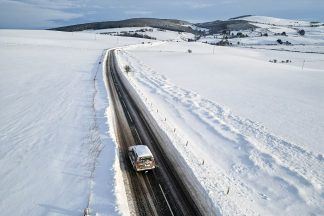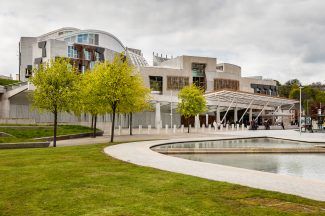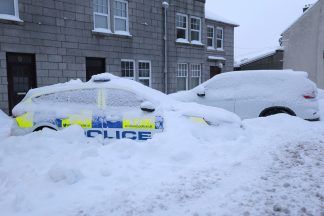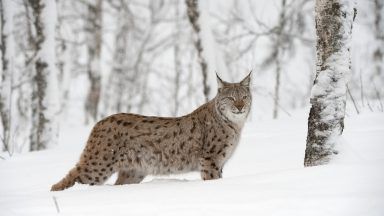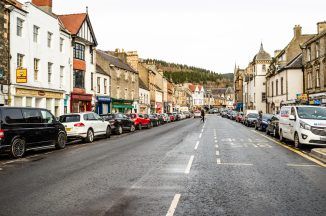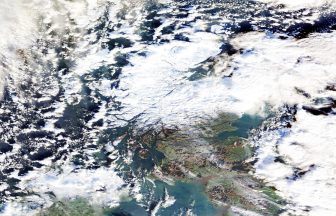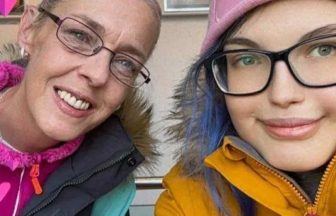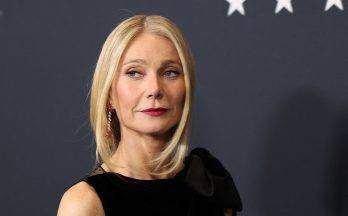The new census for Scotland has released its initial findings, revealing the highest population numbers since records began.
The rise has been attributed to the growth in migration numbers while the country’s ageing population has also been highlighted.
The survey, which cost £140m, has been carried out every ten years since 1801, except in 1941. The 2021 census in Scotland was moved to 2022 due to the impact of the Covid pandemic.
Here are the key facts revealed in findings, published by National Records for Scotland.
Migration
Scotland’s population has risen by 2.7% since the last census in 2011 and now stands at 5,436,600 on Census Day 2022.
The data also reveals that without the increase in migration, the figure would have shrunk by around 49,800.
Since the 2011 census there were around 585,000 births and 634,800 deaths registered in Scotland. The population has grown because more people moved to Scotland than moved out.
Slower than rest of UK
The population size in Scotland has grown at a slower rate than other parts of the UK.
In England and Wales the population increased by 6.3% between 2011 and 2021. In Northern Ireland the population increased by 5.1% over the same period.
Latest statistics showed the population grew by 141,200 (2.7%) since 2011, a slower rate of growth than between 2001 and 2011, when the figure rose by 233,400 (4.6%).
Scotland also has a much lower population density than England and Wales where there were 395 residents per square kilometre in 2021. Northern Ireland had a population density of 140 residents per square kilometre in 2021.
Population density varies by council area across Scotland with city council areas having a much higher density than other council areas. Aberdeen City, Dundee City, City of Edinburgh and Glasgow City are all clearly visible on the map below.
Glasgow City has the highest density of 3,555 residents per square kilometre. Na h-Eileanan Siar has the lowest density of 8.6 residents per square kilometre. The only other council area with a density less than ten residents per square kilometre was Highland with 9.2.
 National Records of Scotland
National Records of ScotlandAgeing population
There are more people in the older age groups than ever recorded in Scotland’s census.
There are more than one million over-65s, and a trend towards smaller households, according to the survey.
Only 832,300 people are under the age of 15 – compared to 1971, when there were double the number of under-15s, compared to over-65s.
In 2011 the two demographics were broadly the same size, but since then the number of people aged 65 plus increased by 22.5%.
The main reasons for Scotland’s ageing population are people born in the post-war baby boom getting older, the number of births dropping since the 1960s and people living longer.
Follow STV News on WhatsApp
Scan the QR code on your mobile device for all the latest news from around the country


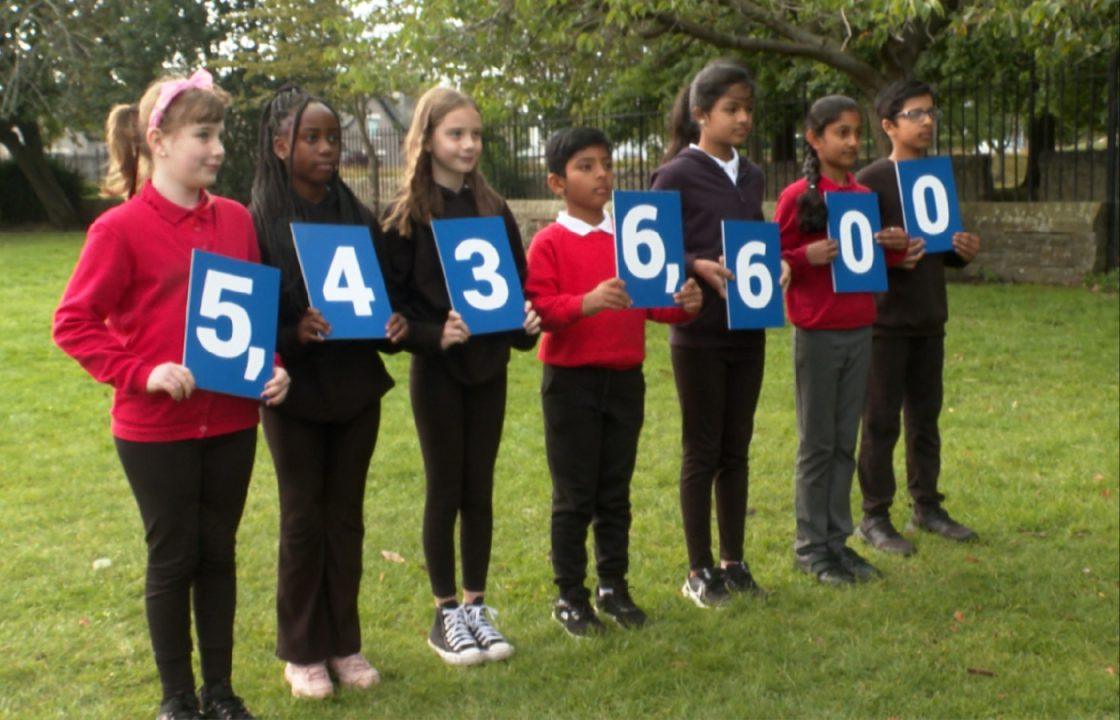 STV News
STV News

